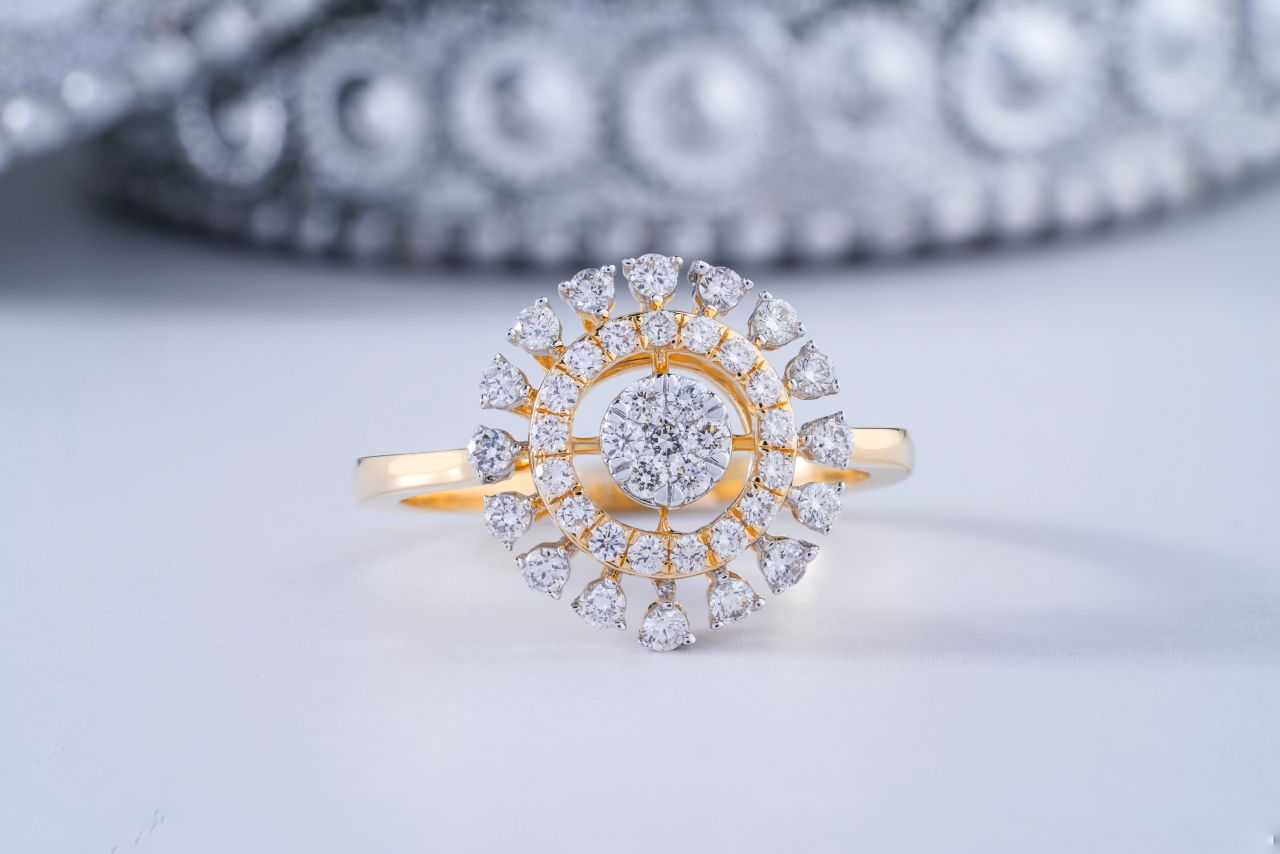
Introduction to Diamond Cut Grades
What is a Diamond Cut?
When we talk about a diamond’s “cut,” we’re not referring to its shape—though that’s part of it. The cut of a diamond involves the overall craftsmanship and how well the diamond’s facets interact with light. This is crucial because it directly impacts the stone’s brilliance, sparkle, and overall appearance.
Importance of Diamond Cut Grades
A diamond’s cut grade is a critical factor in determining its value and visual appeal. Unlike color or clarity, the cut is the only aspect influenced by human skill. This makes it unique and, arguably, the most important quality to consider when purchasing a diamond.
The Basics of Diamond Cutting
History of Diamond Cutting
The art of diamond cutting dates back to the 14th century, though it wasn’t until the 19th century that cutting techniques began to significantly impact the diamond’s brilliance. Early cutters had limited tools and knowledge, but modern advancements have transformed diamond cutting into a highly specialized craft.
The Diamond Cutting Process
The diamond cutting process is both an art and a science. It involves several stages, each crucial to achieving the perfect cut.
Initial Stages
Initially, the rough diamond is examined and assessed for its potential. The cutter decides how to shape the diamond to maximize its beauty and value. This involves planning the cuts and angles meticulously.
Precision Cutting
Precision is key in the cutting phase. Modern technology allows for incredibly accurate faceting, ensuring that each cut enhances the diamond’s brilliance and fire.
Understanding Diamond Cut Grades
What Determines Cut Grade?
Cut grade is determined by several factors, all of which affect how light travels through the diamond. The key aspects include:
Proportions and Symmetry
The proportions of the diamond (such as table size, depth, and angles) and its symmetry (how well the facets align) play a significant role in its cut grade. Well-proportioned and symmetrical diamonds will exhibit superior brilliance.
Light Performance
How well a diamond reflects light, known as its light performance, is critical. A well-cut diamond will refract light internally, creating maximum sparkle.
Key Diamond Cut Grades
Diamonds are graded on a scale that ranges from Excellent to Fair. Each grade reflects the diamond’s cut quality and its ability to reflect light.
Excellent
An “Excellent” grade means the diamond exhibits superior brilliance and sparkle. This grade is achieved through precise cutting and optimal proportions.
Very Good
“Very Good” diamonds also have excellent light performance, though they might have slight imperfections in the cut that are not easily visible.
Good
Diamonds graded as “Good” offer decent brilliance but might not exhibit the same level of sparkle as higher grades. They are often more affordable.
Fair
“Fair” diamonds have noticeable issues with the cut, which can affect their overall appearance and sparkle. They are usually less expensive but also less impressive visually.
The Impact of Cut Grades on Value
How Cut Grades Affect Price
The cut grade of a diamond significantly impacts its price. Higher-grade diamonds command higher prices due to their superior light performance and overall visual appeal.
Comparing Different Grades
When comparing different grades, it’s essential to consider the balance between value and appearance. Higher grades offer more brilliance but come at a premium.
Value vs. Appearance
While higher grades are more visually appealing, the best value often depends on individual preferences and budget. Sometimes, a “Very Good” or “Good” cut may offer better value for money while still providing substantial sparkle.
Market Trends and Cut Grades
Market trends can influence diamond cut grade pricing. Understanding current trends can help buyers make informed decisions and potentially find better deals.
Man made diamonds, also known as synthetic or cultured diamonds, are a groundbreaking advancement in the world of gemstones. Created in controlled environments that mimic the natural conditions under which diamonds form, these gems boast the same physical and chemical properties as their natural counterparts.
Choosing the Right Cut Grade
Factors to Consider
When choosing a diamond, several factors come into play beyond the cut grade alone.
Personal Preference
Your personal taste is crucial. Some may prioritize the sparkle and brilliance of an “Excellent” cut, while others may prefer the value of a “Very Good” cut.
Budget Constraints
Budget constraints often dictate the cut grade you can afford. Balancing your budget with your desired quality is key to finding the right diamond.
Tips for Buying Based on Cut Grade
Evaluating a Diamond
When evaluating a diamond, look at it under different lighting conditions to assess its brilliance and sparkle. A higher-grade cut will perform better in various settings.
Consulting a Jeweler
Consulting with a reputable jeweler can provide additional insights into cut grades and help you make a more informed decision.
Conclusion
Understanding diamond cut grades is essential for making an informed purchase. By grasping how cut grades affect a diamond’s appearance and value, you can better navigate the complex world of diamond buying. Remember, the cut is more than just a number—it’s about how the diamond will shine and how it fits within your personal preferences and budget. Happy diamond hunting!

